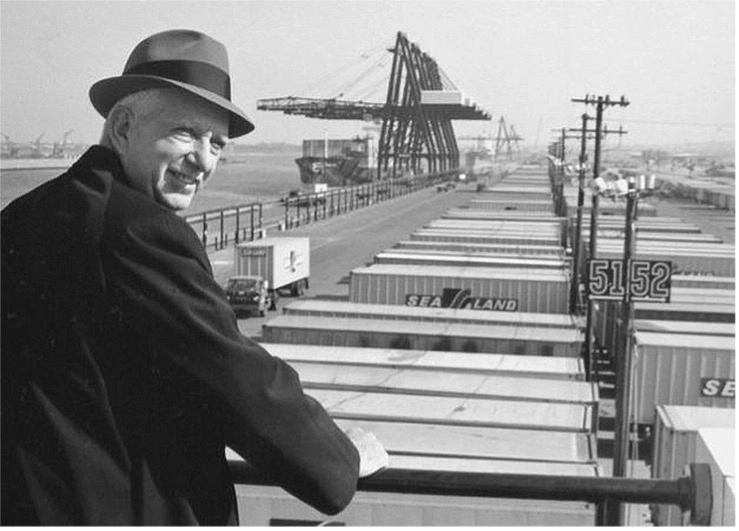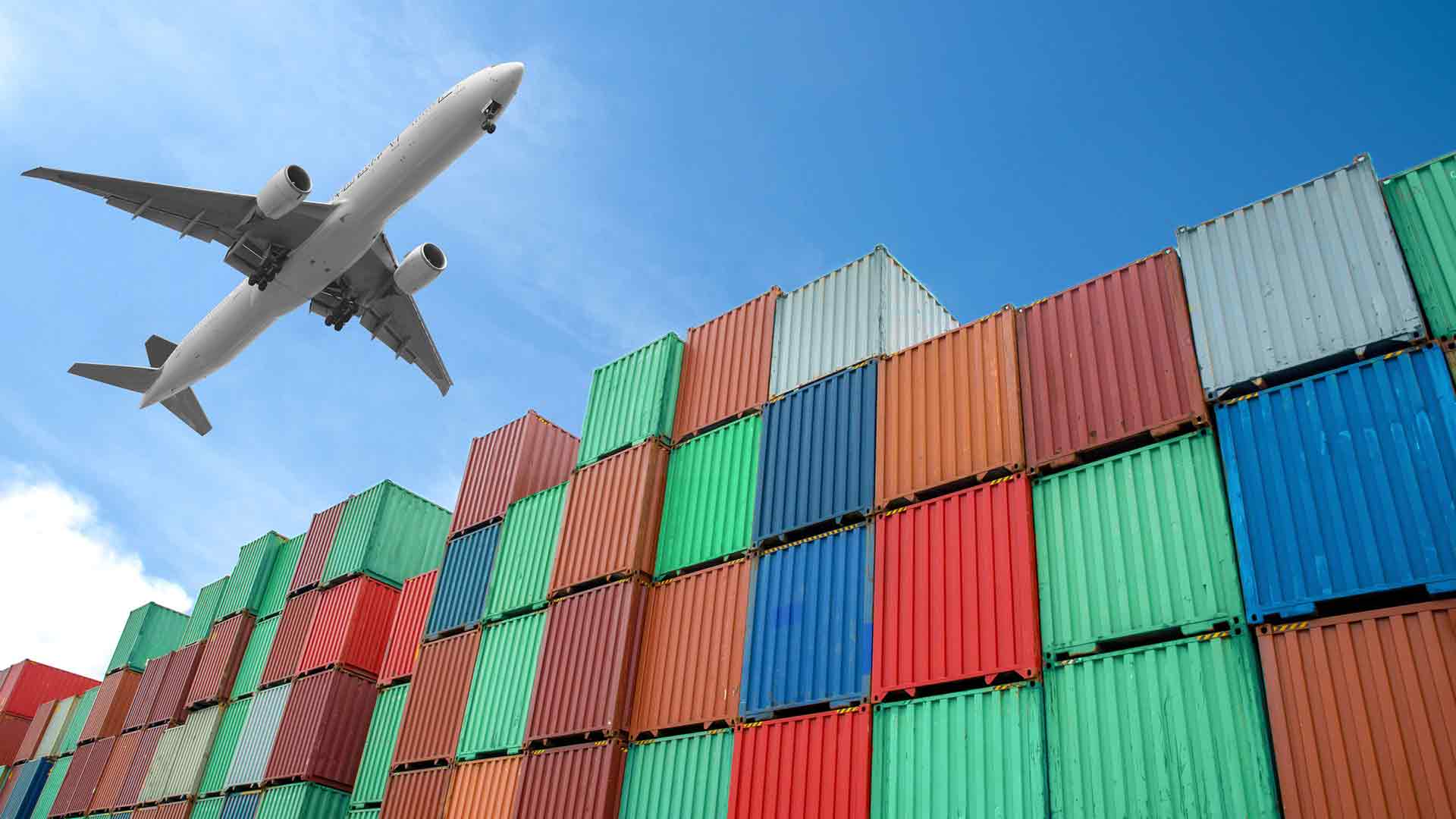March 13, 2025
Shipping Containers: The Past, The Present, and the Next Major Shift in Global Logistics

For most people, shipping containers are an afterthought — just steel boxes stacked high on cargo ships, moving unseen across oceans. But behind those unassuming walls lies one of the greatest logistical innovations of the modern era. Before the rise of standardized containers, global trade was slow, costly, and chaotic. Every shipment required cargo to be handled piece by piece, causing delays, driving up expenses, and making international trade unpredictable at best.
Today, the logistics industry is once again on the brink of transformation. Recent developments — CMA CGM’s $20 billion investment in U.S. logistics, proposed tariffs on Chinese-built ships, and increased automation at U.S. ports — suggest that the movement of goods through supply chains is evolving. However, to understand where the industry is headed, we must first look back at the revolution that reshaped global trade.
The Long Road to Containerization
The Age of Breakbulk (1700s-1800s)
For centuries, shipping cargo was a labor-intensive process. Goods were packed into wooden crates, barrels, or sacks and manually loaded and unloaded at every stop, from warehouses to docks, onto ships, then onto trains or trucks. Ports were clogged with workers moving freight piece by piece, often leading to delays, theft, and high costs.
Efforts to streamline shipping began in the late 18th century, when British railroads introduced wooden containers that could be transferred between trains and carts. By the late 1830s, railroads in the U.S. and Europe developed similar methods. However, these early containers only functioned within specific regions and industries without standardization. A true global solution was still decades away.
World War II and the Military’s First Containers (1940s)
The turning point came during World War II, when the U.S. military faced a logistics nightmare: how to transport supplies across continents efficiently. With traditional breakbulk shipping slowing down operations, the military developed metal cargo containers – known as Conex Boxes- to speed up loading times, reduce theft, and protect cargo.
Although these early containers weren’t designed for commercial trade, they proved a point: standardization could revolutionize logistics.

Malcom McLean and the Container Revolution (1950s-1970)
By the 1950s, a trucking entrepreneur named Malcolm McLean had spent years watching workers painstakingly load cargo one piece at a time. He saw an opportunity: what if cargo could be packed into uniform containers that never had to be unpacked until they reached their final destination?
In 1956, McLean put his idea to the test. He bought an old tanker, retrofitted it for containerized cargo, and sent his first shipment from Newark to Houston using standardized steel boxes. The results were staggering – shipping costs dropped by more than 90%, port efficiency skyrocketed, and for the first time, cargo could be seamlessly moved between ships, trucks, and trains without being handled multiple times.
By the 1970s, containerization had gone global, and McLean’s invention transformed the shipping industry forever.

A New Era of Logistics Challenges and Innovation
Just as containerization revolutionized trade in the 20th century, the 21st century is now bringing its challenges:
- Proposed tariffs on Chinese-built ships could disrupt shipping routes and force cargo flows to consolidate at fewer ports, creating congestion.
- Railroads and logistics networks are already preparing for shifts in how freight moves, anticipating bottlenecks if major ports absorb more volume.
- CMA CGM’s $20 billion investment in U.S. logistics signals a major shift in global supply chain strategies. The company is focusing on expanding ports, increasing warehousing capacity, and developing air cargo hubs.


